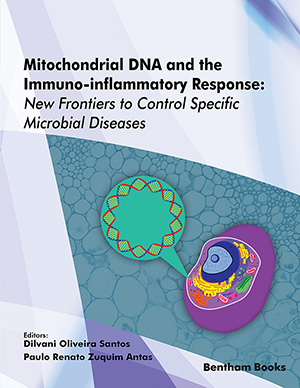Abstract
Tuberculosis (TB) is a contagious infectious disease that is a major cause of
morbidity, being one of the top 10 causes of death worldwide, and the leading one from
a single infectious agent. Also called “White Plague” in the past, TB is an airborne
disease, propagated when multibacillary people spread M. tuberculosis by coughing or
sneezing. The disease typically affects the lungs (pulmonary TB), but can also affect
other sites (extrapulmonary TB). TB is curable and preventable: about 85% of the
people who develop the disease may be successfully treated with a 6-month multidrug
regimen. The treatment has the additional benefit of preventing onward transmission.
Macrophages are the first host cell to get in contact with M. tuberculosis. They also
have important effector functions, regardless of whether the infection evolves to a
chronic or latent form. However, M. tuberculosis evades host cell innate defense
mechanisms, manipulates organelles and cell metabolism, as well as host cell death
pathways. This complex interaction between the host cell and the bacillus determines
the outcome of the infection. In this context, mitochondria and mitochondrial DNA
(mtDNA) contribute to triggering cell death by necrosis. However, excessive necrosis
may lead to tissue damage, which disrupts granulomas and benefits M. tuberculosis
transmission. We intend to revisit the major aspects of this intricated and multifaceted
interface between the host immune cell and M. tuberculosis and discuss how
mitochondria are the crux of the matter
Keywords: Inflammation, Mitochondria, Necrosis, Tuberculosis.






















